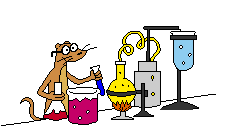aterberg limits
General
|
OverviewFine-grained soil is tested to determine the liquid and plastic limits, which are moisture contents that define boundaries between material consistency states. These standardized tests produce comparable numbers used for soil identification, classification and correlations to strength. The liquid (LL) and plastic (PL) limits define the water content boundaries between non-plastic, plastic and viscous fluid states. The plasticity index (PI) defines the complete range of plastic state. The following figure illustrates it nicely. Liquid Limit (LL)The liquid limit defines the boundary between plastic and viscous fluid states. It is determined using a standard "Liquid Limit Device," which drops a shallow cupful of soil 1 cm consistently. When a groove cut through the sample closes 1/2", the number of drops is recorded and a moisture content sample processed. Repeating the procedure for a total of four drop-count ranges provides enough data to plot on a semi-log scale. From the plot, the moisture content at 25 drops defines the Liquid Limit. Plastic Limit (PL)The plastic limit defines the boundary between non-plastic and plastic states. It is determined simply by rolling a thread of soil and adjusting the moisture content until it breaks at 1/8 inch diameter. Shrinkage Limit (SL) Represents a lower limits of volume change.
|
Apparatus |
Liquid Limit (LL)
Plastic Limit (PL)Large glass plate Shrinkage Limit (SL) The shrinkage limits will be demonstrated in the lab.
|
Procedure
|
|
References
|
|





